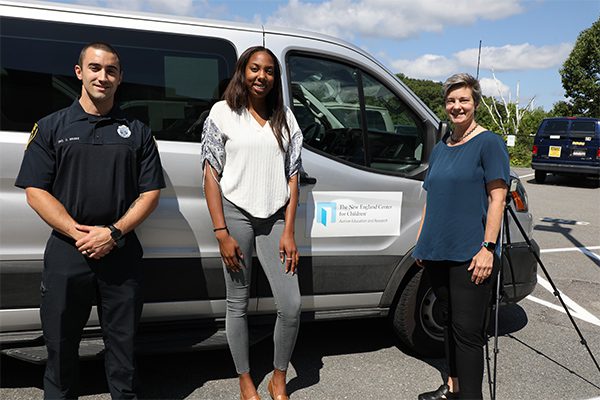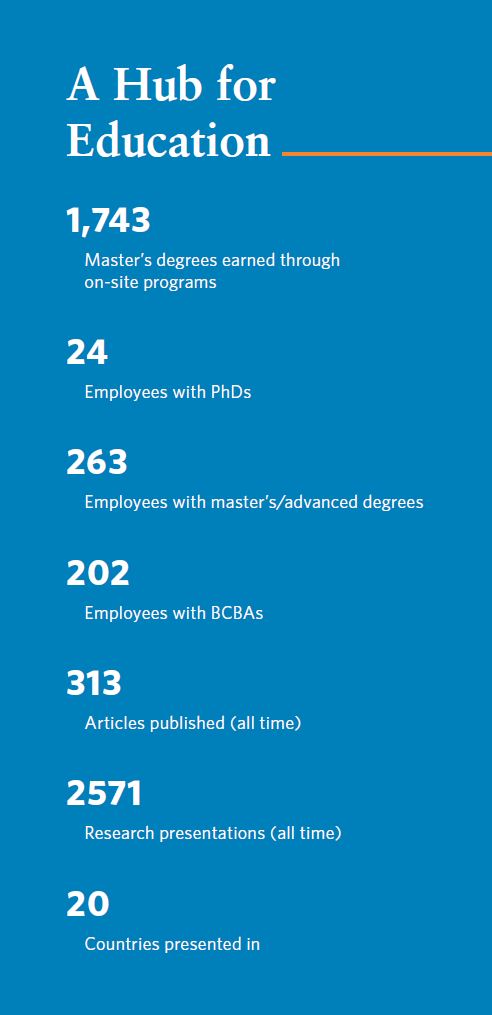March 14, 2023
Improving Autism Education Through Research

NECC is dedicated to promoting research that helps further the field of autism education. Teachers and researchers work alongside one another on research projects, often as part of NECC’s graduate school program partnerships.
 “Research is the best way to develop and evaluate methods that will help our students live the fullest possible lives,” shared Dominique Fisher, a residential coordinator at NECC. Her research project as part of her applied behavior analysis master’s degree program through Western New England University evaluated a method for teaching students with autism how to safely respond to law enforcement.
“Research is the best way to develop and evaluate methods that will help our students live the fullest possible lives,” shared Dominique Fisher, a residential coordinator at NECC. Her research project as part of her applied behavior analysis master’s degree program through Western New England University evaluated a method for teaching students with autism how to safely respond to law enforcement.
Knowing how to appropriately interact with police officers is something Fisher’s parents instilled in her growing up. After working closely with her students on the Intensive Treatment Team (ITT), Fisher realized that just as Black individuals are at a higher risk of unsafe interactions with law enforcement, those with autism are as well. “I wanted my thesis project to be socially meaningful and something I was passionate about,” shared Fisher. “The ability to move safely through the community is a prerequisite for participating in many facets of the important domains of life, including work, recreation, social connection, and independent living. We want to do everything we can to prepare our students to safely participate across environments that may add to their quality of life.”
The study, under the direction of Chata Dickson, PhD, BCBA-D, LABA, assistant director of research, consisted of four phases. During pretests and posttests, students were scored for their responses to a variety of situations where they were spoken to by a person in a police officer’s uniform. The highest possible score was assigned when, upon being spoken to by an officer, students stopped what they were doing, faced the police officer, and held their hands so that they were open and visible. This interaction score improved for all three students after the intervention segment, from an average of 66 percent of total possible points to an average of 99 percent.
“We want our research to lead to practices that are helpful in improving the lives of individuals with autism and we are excited about contributing our findings from the study to the body of research in behavioral science and education,” shared Fisher.
This story originally appeared in the FY 2021-22 Annual Report.